A Leap Back to the Year 1946
2021
In 2021, SPINNER looks back on 75 years of company history. Needless to say, a great deal has happened since 1946. We’ve evolved from a “one-man garage business” into a sprawling international enterprise with about 1000 employees worldwide and branches and dealerships in more than 40 countries.
2021

On board the Chinese Tianwen-1 Mars mission are special space-appropriate single- and dual-channel X-band rotary joints from SPINNER. This spacecraft is launched on July 23, 2020, becoming the first Chinese probe to go into orbit around the red planet on February 10, 2021.
2020

SPINNER has already developed and marketed a large number of broadband distributed antenna system (DAS) components for gapless coverage of the frequency range from 380 MHz to 3,800 MHz.
2020

SPINNER has launched a completely new generation of ATC rotary joints to monitor air traffic across the board and in absolute safety.
2018

Torsten Smyk, who has successfully managed our Chinese subsidiary for many years, joins Katharina König on the management board. He replaces Stephanie Spinner-König who switches to the role of supervisory board chair.
2018

The SPINNER Group confronts the challenges of digitalization in the SME sector and, as part of its sales strategy, follows the launch of its new online product finder by inaugurating its own online store.
2018

Mobile communications are spawning new transmission technologies while antennas and base stations shrink. We respond to these requirements with an ingenious idea: a cluster connector that embraces the entire range of connection types, from coaxial across DC to AISG and fiber optics.
2016

The SPINNER Antenna Monitoring System (AMS) helps protect broadcast transmission systems from major damage by providing early warning of potential problems in the infrastructure.
2015

As a result of extensive networking of machines and systems, enormous data volumes are being generated in industry – also in rotating applications. Capacitive technology is used in mechanical and plant engineering, robotics, the food industry, packaging technology, medical technology and many other fields.
2015
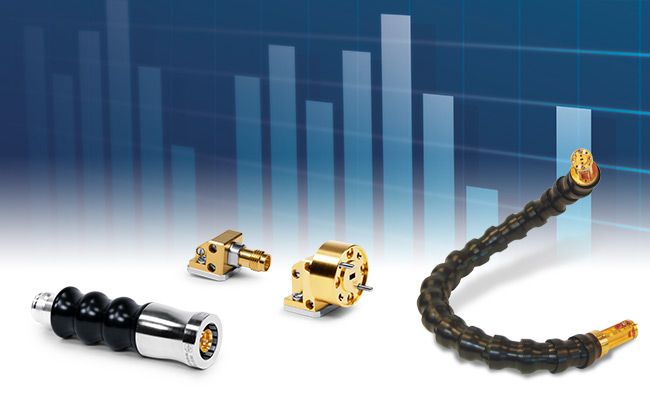
The SPINNER EasySnake is a flexible dielectric waveguide that gives users unprecedented latitude for configuring test setups. The new EasyDocks and EasyLaunches also greatly help to simplify testing.
2014

The company’s decades of experience with rotary joints for radars are now also applied to support data transmission in rapidly rotating production systems.
2013

More and more planes are being equipped with Wi-Fi. The signals are transmitted by satellite communication systems, and SPINNER supplies the rotary joints needed to align the aircraft antennas.
2013

In a consortium with three other leading connector suppliers, SPINNER has developed the new 4.3-10 connector system for the mobile communication market. It enables more compact systems with increasing performance requirements.
2012

MedAustron in Wiener Neustadt, Austria uses cutting-edge ion therapy to treat cancer patients. In cooperation with CERN (the European Organization for Nuclear Research), SPINNER designs the required 3 1/8″ and 6 1/8″ RF rigid lines and installs them between the klystron and particle accelerator.
2010
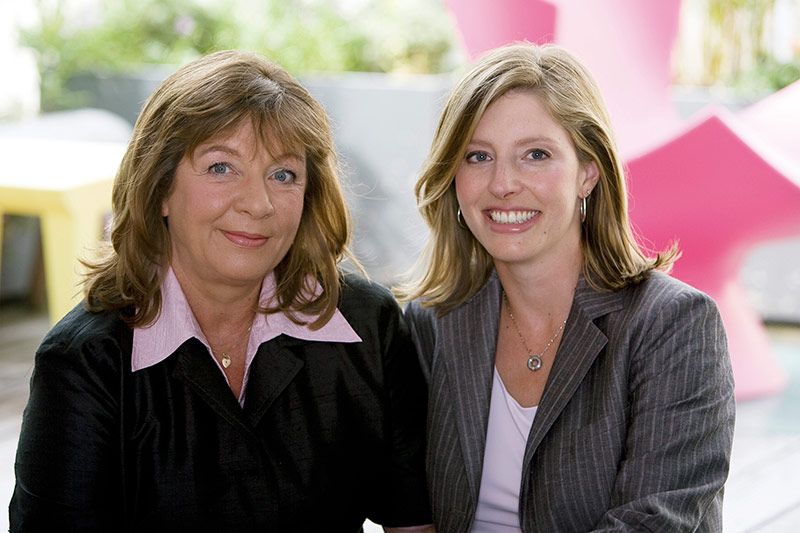
Katharina König now manages the company in the 3rd generation together with her mother, Stephanie Spinner-König.
Katharina studied business administration focusing on strategic management and marketing, then went to work in the company’s marketing and corporate development department in 2004.
2010

SPINNER remains true to its motto of “High Frequency Performance Worldwide” by founding SPINNER Comercio e Indústria do Brasil Ltda. in September 2010 to supplement its network of manufacturing, sales, and service sites.
2009

The SPINNER MultiFit® becomes the world’s most versatile connector. Before this, every connector model could only be used with a certain type of cable. The new MultiFit®, by contrast, can be quickly and securely fitted to any commercially available coaxial cable in two simple steps.
2008

After successfully launching various individual products, SPINNER unveils a complete portfolio of testing equipment for vector network analysis (VNA).
Every RF lab needs a VNA. Components for network analysis are therefore a focus of SPINNER’s testing portfolio.
2008

A successful mission kicks off: the first rotary joints from SPINNER travel into outer space in a satellite of Egyptsat.
Watch it on Youtube:
2008

As part of a strategic realignment, the company’s sales activities are restructured and divided into four focal areas – Mobile Communications, Broadcast, Rotating Solutions, and Industry & Science – to continue providing the best possible support to our customers going forward.
2007

SPINNER thoroughly improves and modernizes its portfolio of multi-channel combiners and patch panels for broadcasting infrastructure. The goal is to offer customers standardized, space-saving, even more efficient solutions for all of their needs.
2007
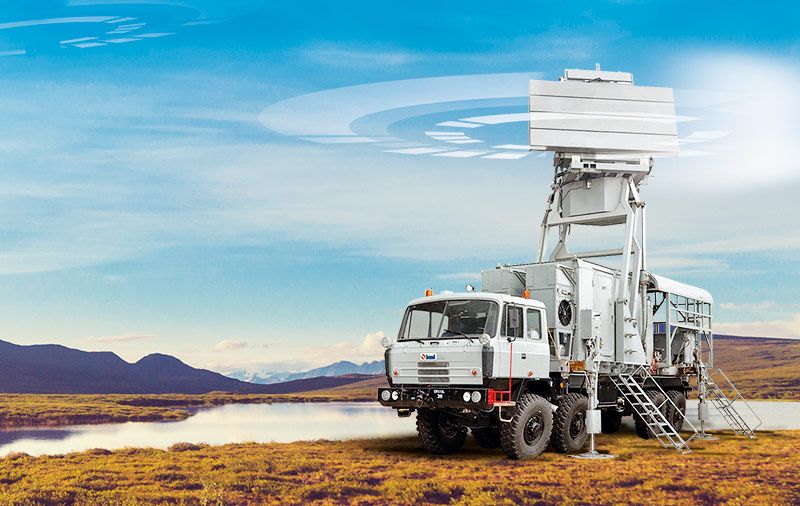
The government of India contracts SPINNER to supply rotary joints for that country’s proprietary central acquisition radar (3D-CAR) system. Comprising 16 RF channels and a 125-way, they will be used by the Indian military as the system’s core component.
2006

Pursuing its strategy of being directly represented in all major markets, SPINNER also opens its own sales office, called “OOO Spinner Èlektrotehnika”, in Moscow.
2005

Besides being an important market in its own right for SPINNER, Iberia is also a bridge to Latin America.
2005

Within the scope of a project funded by the Bavarian “Microsystem Technology” program (now called “Electronic Systems of the Free State of Bavaria)”, a multichannel fiber-optic rotary joint for between two and 21 channels is developed for single–mode cables. Today, SPINNER carries a wide range of fiber-optic rotary joints for one up to 109 channels in single- and multimode versions.
2004

In 2004, it still isn’t clear where the gigantic International Thermonuclear Experimental Reactor (ITER) will be built. Despite this, required preliminary development projects have already been running at full speed for several years. They include work at the JET (Joint European Torus) in the United Kingdom to optimize the ICRH (for Ion Cyclotron Resonance Heating) plasma heating mode that will be used. SPINNER supplies two MW transmission lines for it.
2003

This Vienna-based subsidiary is responsible for Austria, Hungary, Slovenia, Croatia, Czechia, and Slovakia.
2002
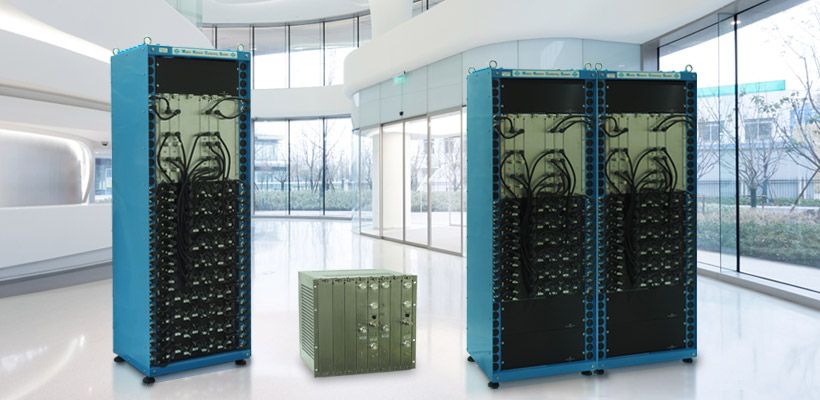
The first MNCS® (Mobile Network Combining System) is launched, a solution for multiple use of antenna systems (DAS) and in In-Building solutions. Antenna signals of different mobile operators are merged on a common line and, in the other direction, split among different branches of an antenna distribution system.
2002

In 2002, a state-of-the-art automated small parts warehouse (AS/RS) starts operating at the Westerham plant. It dramatically speeds dispatch and delivery.
2000

SPINNER Telecommunication Devices (Shanghai) Co. Ltd. serves Chinese and other Asian customers. They benefit from its on-site manufacturing capabilities and own development, sales, and service departments.
2000

In order to flexibly and personally serve our British customers, it becomes important for us to establish a sales office in the UK. It is located in the Golborne Enterprise Park in Warrington.
1999

The “Digital Television Transition”, from analog terrestrial broadcasting to digital networks, begins just before the turn of the millennium. SPINNER is involved from the very beginning. The first project involves commissioning a nationwide network in England.
1999

A sales office for Sweden opens in Mölndal. Later, SPINNER Nordic AB’s responsibility is extended to include most of the Baltic countries: Norway, Denmark, Sweden, Finland, Lithuania, Estonia, and Latvia.
1999

The Villafranca station north of Madrid in Spain is one of several globally distributed satellite ground stations of the European Space Tracking (ESTRACK) network of the European Space Agency (ESA). They are used to communicate with satellites and space probes.
Photo: ESA – S. Corvaja (https://www.esa.int)
1998

The logo we introduced in the late 1980s – two-tone black and blue, and quite long – spawned many unwanted but necessary variations over the years. A new design closely resembling the original logo of the 1950s is therefore introduced; it symbolizes an open oscillating circuit.
1997

SPINNER Hungária Kft. opens in Szekszárd about 150 km south of Budapest, becoming our first production plant outside Germany. The main task is to expand the manufacturing and assembly capacities of our Coaxial Connectors product division. Later in 2002, SPINNER Hungária gains one of the most advanced electroplating facilities in Hungary.
1997

As part of the company’s international expansion, SPINNER opens its own sales office in USA to also provide the best possible service to customers in that country. Today, the company is based in Dulluth/Georgia.
1996

SPINNER hosts a celebration to thank all those who have remained with and supported the company until this anniversary, often for many decades. First and foremost, Mrs. Erika Spinner, who gave her husband all her support and encouragement to make his ideas a reality. Equally, all credit is given to the employees in Munich, Westerham and Lauenstein, who have often made the impossible possible. Their gratitude also goes out to all their customers, suppliers, and other business partners.
1996

SPINNER France opens in Paris, becoming the first company-owned sales office abroad. The company begins expanding its sales network to respond more quickly and efficiently to customer requirements in a changing market.
1995

SPINNER manufactures and supplies matrix systems in RL 100-230 (50 Ohm) for shortwave and an RF power of 250 kW for BBC’s station in Thailand for 4 transmitters and 14 antennas. The switch matrix can route the transmitters to any antenna or the dummy load. Switching errors are prevented by a very elaborate electrical and mechanical safety system. Other major stations are established in Hong Kong (1986), Seychelles (1987), Skelton in the UK (1993) and Oman (2001).
1994

This new production line automatically solders and assembles jump wires, resulting in superior electrical and mechanical properties and considerably better passive intermodulation values than those of manually assembled connectors.
1994

The SPINNER CAF® cable clamps can be installed quickly and reliably in a single step to provide effective protection from moisture and soiling. Installation typically takes less than two minutes (for a time saving of about 80%!) since the connector is supplied in one piece and only needs to be attached to the prepared cable.
1994

The Jindalee Operational Radar Network (JORN) is used to monitor Australia’s northern coastal area. It comprises an antenna array that includes a large network of alternately operated individual antennas in varying phase positions. This makes it possible to change the direction of the array’s main beam.
1993

By getting its quality management system certified as complying with DIN EN ISO 9001, SPINNER achieves a major milestone. We also step up our efforts to protect the environment, leading to certification according to DIN EN ISO 14001 on the environment in 1999 and DIN EN ISO 50001 on energy in 2016.
1992

SPINNER has a long tradition of promoting young talent: the Dr. Georg Spinner Radio-Frequency Award is bestowed for the first time in 1992. Every year since then, this accolade has been gone to a graduate of the Technical University of Munich for an outstanding dissertation. The award comes with a purse of 3,000 euros.
1991

At Lauenstein near Dresden, the company starts manufacturing assembled cables for mobile communication masts and launches its first automated jumper production facility soon afterward.
1990

Stephanie joined the company in 1975 after completing a degree in business administration and a one-year internship at Rohde & Schwarz.
In 1990, Dr. Spinner hands the company’s reins over to her. She joins the management board of SPINNER GmbH alongside Dr.-Ing. Pitschi and Ingo Schilling.
1989

1989 The first fiber fiber-optic rotary couplings joints are developed for remotely operated underwater vehicles of used by minesweepers.
1988
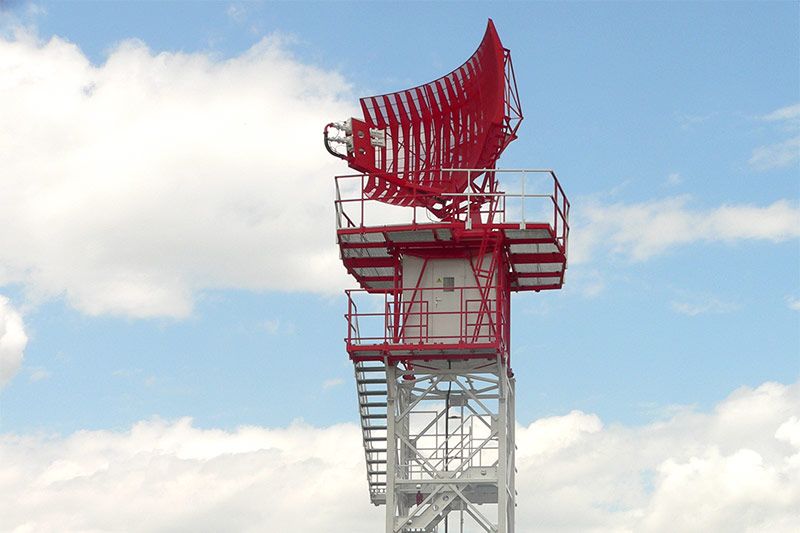
1988

We enter the 90s with a new logo design in light blue, the color of the Bavarian sky in springtime.
1985

For the LEP Injector Linac of the Large Electron-Positron Collider at CERN in Switzerland, SPINNER develops and supplies 3 GHz accelerator structures (with 135 cavities) and the 3 GHz reference line in 1 5/8″ for driving the klystrons.
1984

SPINNER begins developing and supplying RF components for diagnostic imaging: with a pneumatically actuated 7-16 coaxial switch for computer tomographs.
1984

1983

SPINNER supplied R32 waveguide components in high-vacuum technology for the first time for the LEP-Linac (Large Electron/Positron Collider) for CERN and installed the complete waveguide transmission systems with power splitters, pumping ports, switches, directional couplers as well as phase shifters from the 35 MW klystrons to the accelerator structures.
1983

JET contracts SPINNER to supply the RL 140-230 (30 ohms) output transmission line consisting of a stub tuner, phase shifters, switches, DC break, reflector meter and dual 2 x 1.5 MW absorbers to compensate for the 1.5 MW transmitters. In 1985 and 1986, SPINNER supplies the lines that lead from there to the tokamak, including the MTL (main transmission line) in RL 140-230 (30 Ohm) and the components for the APTL (antenna pressurized transmission line) including the telescopic elements needed to absorb mechanical movements that can occur during experiments.
1982
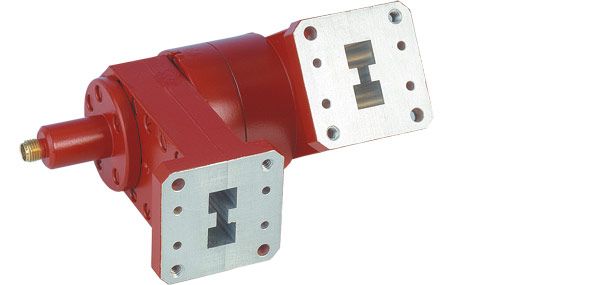
1982

1982

1981

SPINNER supplies and installs a specially developed R6.1 copper waveguide for the upper section of the transmitter, extending from the top of the Eiffel Tower at a height of 319.4 m down to the intermediate platform at 57.8 m. The approximate effective transmission power is 150 kW.
1981

SPINNER supplies coaxial high-power lines RL100-230 (50 ohms), stub tuners, DC breakers, absorbers, and switches to the IPP (Max Planck Institute for Plasma Physics) for its experimental ASDEX and Wendelstein fusion reactors.
1978/1979

For expanding the SPS (Super Proton Synchrotron) particle accelerator, SPINNER is contracted to develop and deliver a 16 x combiner for parallel switching of 16 transmitters each (60 kW each, CW at 200 MHz), an eight-transmitter combiner (8×60 kW, CW at 800 MHz), and a coaxial switch 150-345 (for 1 MW; CW at 200 MHz).
1978

For the approx. 237-meter-tall Metz-Luttange transmission station in France, SPINNER develops and installs a multi-section rigid R 6.8 electroplated copper waveguide extending the entire height of the tower. Before this it was common to use flexible waveguides for longer stretches, but these required frequent repairs.
Photo: Arne Wiechern, www.senderfotos.de
1978

SPINNER supplies the entire antenna feed network and power transmission lines for the European Incoherent Scatter Scientific Association (EISCAT) in cooperation with MBB Munich.
1976
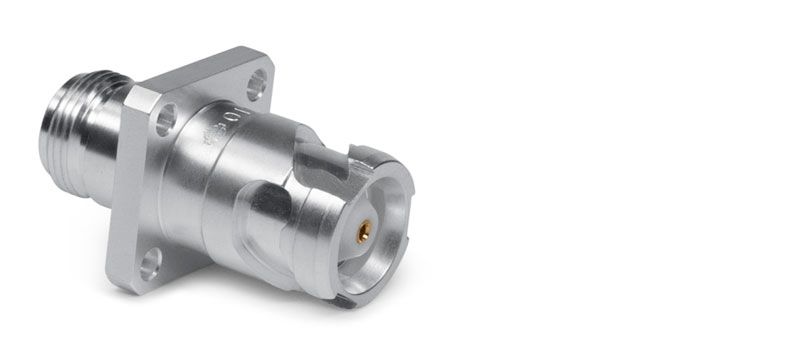
The 4-11 coaxial RF connector system (50 ohms) is characterized by its particularly robust three-ring bayonet lock with a long cylindrical guide, which guarantees a connection without “wobbling and tilting”. This connector is ideally suited for outdoor use and is impervious to both arctic cold and desert sand.
1975
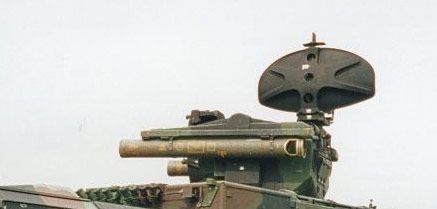
Development of a 5-channel rotary joint and 7-channel rotary joint for Thomson CSF
Start of production of rotary joints for the Roland project (3-channel rotary joint for the antenna base and tower and a single-channel folding rotary joint)
1973
Transmitters were usually already cooled with water, so it made sense to use the existing water cooling of the transmitters as well instead of a complex air cooling system for the absorbers.
1973
Televerket, the Swedish telecommunications company (later renamed the Telia Company), contracts SPINNER to develop and deliver a filterless high power diplexer for 2x 20 kW band 4/5, including a 43-98 two-way switch.
1973

SPINNER supplies the RF 150-345 transmission lines for the 200 MHz Super Proton Synchrotron (SPS), including combiners for four 500 kW transmitters.
1972

Foto: Skyshield 35, Deagel.com
1971
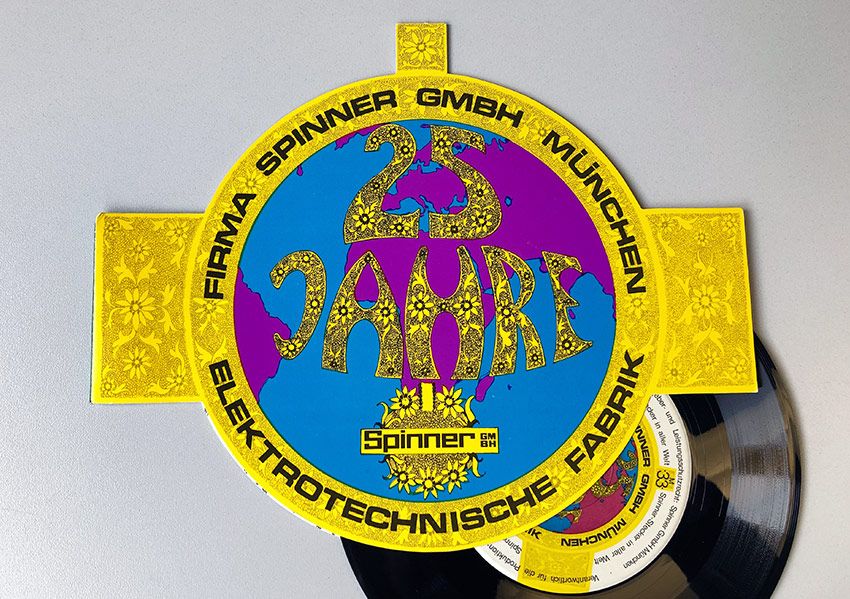
In 1971, SPINNER holds a major event to celebrate the 25th anniversary of its founding. By this time, the company already employs 500 people.
1971

In cable television, the signals for the picture and sound are transmitted to a receiver via a broadband coaxial cable. SPINNER creates special connectors and fittings for this purpose, which over the years will be repeatedly adapted in response to new technical developments.
1970

The company trained its first apprentice as far back as 1953. In 1970, the training workshop moves to Westerham, where some 15-20 new apprentices still begin learning industry professions each year.
Late 1960s

These first RF rotary joints were mainly used in stationary radar systems. Today, SPINNER rotary joints can be found everywhere: in applications above and below water, on land as well as in the air and even in satellites.
1967
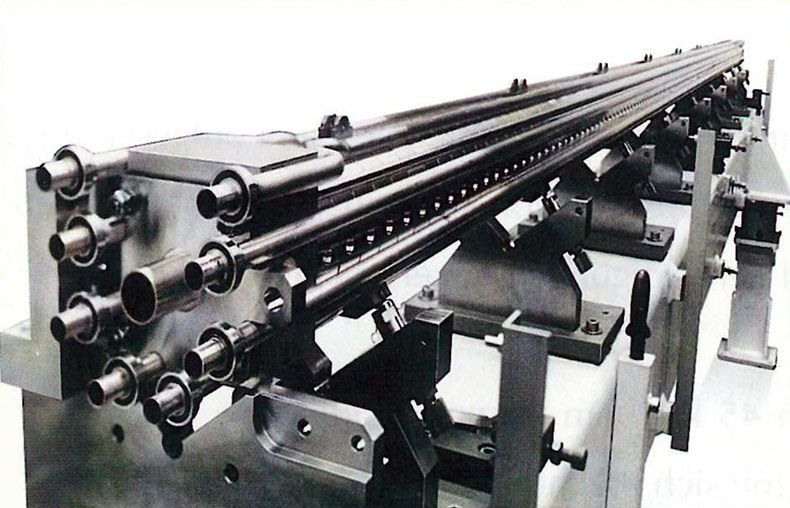
SPINNER supplies the first coaxial transmission lines for transmitter matching (with 250 kW of power at 200 MHz) for the Proton Synchotron (PS) of CERN, the world’s largest particle physics research center.
1967

The arrival of color TV in Germany is announced on August 25, 1967 during the International Radio Exhibition in Berlin. SPINNER has developed audio/video combiners that are used by the broadcasting stations.
1966
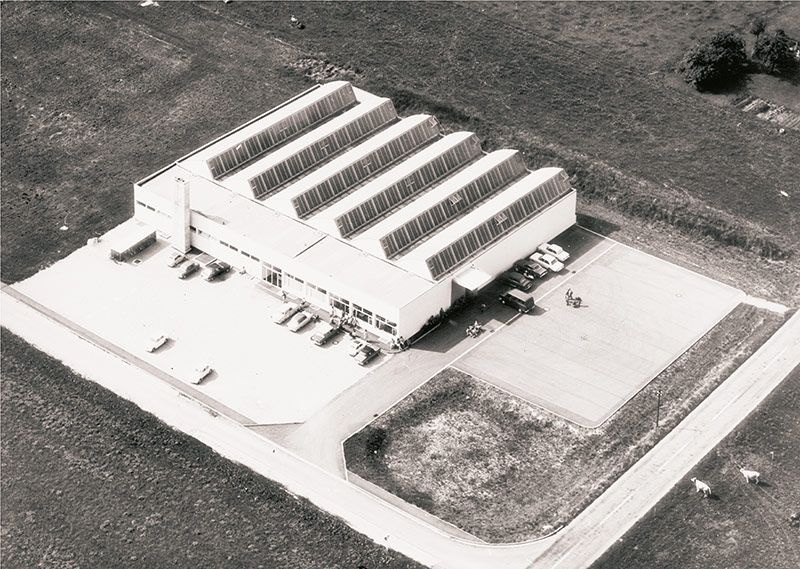
When space starts running out in our Munich facility, the decision is made to build a new factory in Feldkirchen-Westerham. Now (as of 2021) the site has over 560 employees and is an important competency center with development, production, and administration under one roof.
Mid-1960s
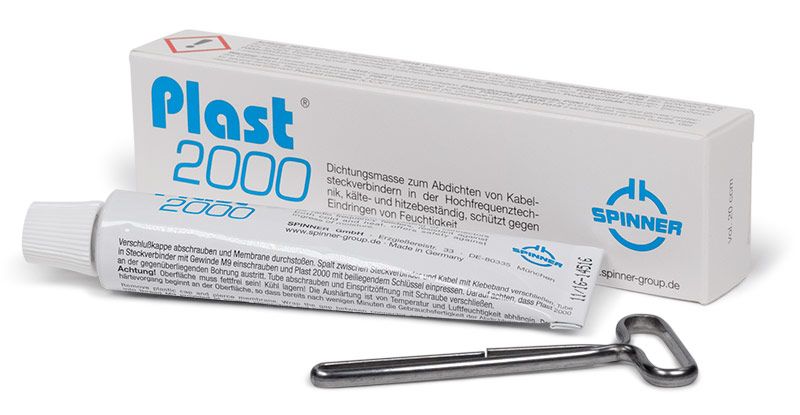
This revolutionary patented sealing compound for connectors withstands even the harshest environmental conditions. It is mainly used to seal connectors for FLEXWELL cables and fittings for elliptical FLEXWELL waveguides.
1964

Dr. Georg Spinner cofounds electronica, a trade show that still ranks among the top events of the electronics industry. It takes place at the Munich Trade Fair Center every two years.
1963

In 1963, the Raisting radio ground station starts operating at the south end of the Ammersee (a large lake in Upper Bavaria). It is one of the world’s largest. SPINNER supplies highly complex waveguide switching systems for it.
Early 1960s

SPINNER is still one of the few manufacturers worldwide to produce fittings for elliptical waveguides.
Late 1950s

By the late 1950s, SPINNER already has an extensive portfolio of specially developed slotted radio-frequency testing lines. They are available in hand- and motor-operated coaxial and waveguide versions.
1959

Having expanded rapidly, the company has outgrown its existing facility. After a lengthy search, a property is finally found at Erzgiessereistrasse 33 that meets all the requirements for hosting a new administration and production site.
1954

1954

Back in 1949, Georg Spinner invented a 6-16 coaxial connector, which is now followed by the 7-16 . This version, also known in other countries as the “Spinnerstecker”, will be the company’s hallmark for many decades.
1950

The first coaxial switches for television stations are invented. These will eventually lead to the first cable selector switch for the Wendelstein transmitter.
Photo: American Political History. Posting online by Dr. William J. Ball.
1949

Georg Spinner markets the “Spinnerstecker”, a 6-16 coaxial connector (60 ohms) that is used for directional radio systems because of its robustness and stability. This connector ensures a reliable connection between transmitter and antenna.
1948-1949

The first production facility, in Linprunstrasse in Munich, is occupied. As of 1948, the young company already has eight employees. By this time, Georg’s wife Erika keeps the cash book.
1948

The symbol for an open oscillating circuit forges a link to broadcasting technology. The symbol and name merge to form a striking whole.
1946

Georg Spinner – still studying radio-frequency engineering at the Technical University of Munich opens a radio engineering office and starts developing electronic devices.